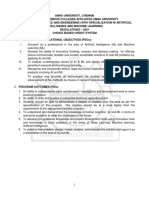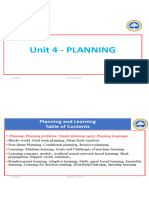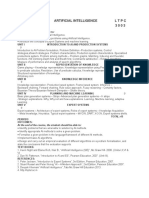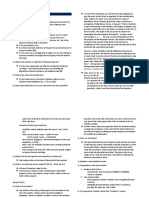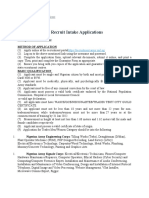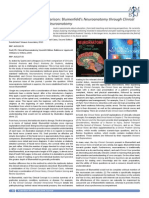0% found this document useful (0 votes)
315 views80 pagesCS 3 - Problem Solving Agent
The document summarizes key concepts about artificial intelligence agents and environments. It discusses how an AI system is composed of an agent and an environment. An agent is anything that can perceive its environment through sensors and act on the environment through effectors. Important terminologies for agents are defined, including percepts, agent programs, actions, effectors, and performance measures. The document also describes different types of agents like simple reflex agents, model-based reflex agents, goal-based agents, utility-based agents, and learning agents. It outlines factors that define a task environment, such as observability, dependency, number of states, determinism, change over time, and cardinality. Examples of task environments are provided.
Uploaded by
karthika geethanandCopyright
© © All Rights Reserved
We take content rights seriously. If you suspect this is your content, claim it here.
Available Formats
Download as PPTX, PDF, TXT or read online on Scribd
0% found this document useful (0 votes)
315 views80 pagesCS 3 - Problem Solving Agent
The document summarizes key concepts about artificial intelligence agents and environments. It discusses how an AI system is composed of an agent and an environment. An agent is anything that can perceive its environment through sensors and act on the environment through effectors. Important terminologies for agents are defined, including percepts, agent programs, actions, effectors, and performance measures. The document also describes different types of agents like simple reflex agents, model-based reflex agents, goal-based agents, utility-based agents, and learning agents. It outlines factors that define a task environment, such as observability, dependency, number of states, determinism, change over time, and cardinality. Examples of task environments are provided.
Uploaded by
karthika geethanandCopyright
© © All Rights Reserved
We take content rights seriously. If you suspect this is your content, claim it here.
Available Formats
Download as PPTX, PDF, TXT or read online on Scribd
/ 80





















